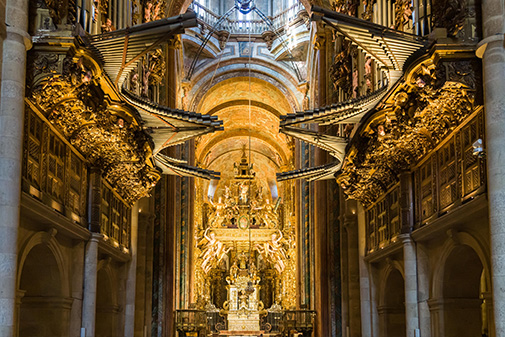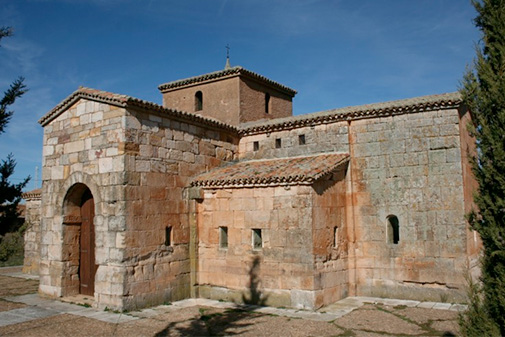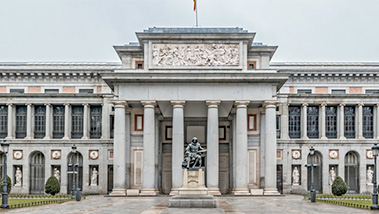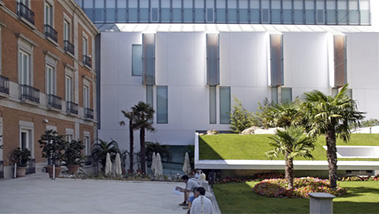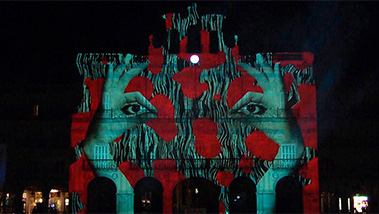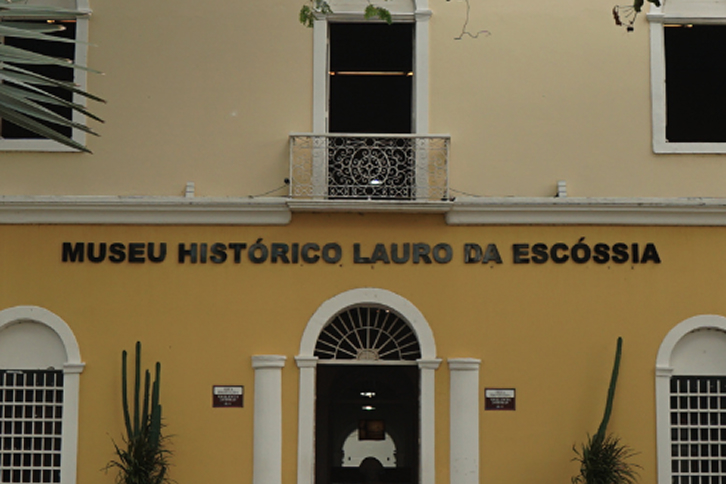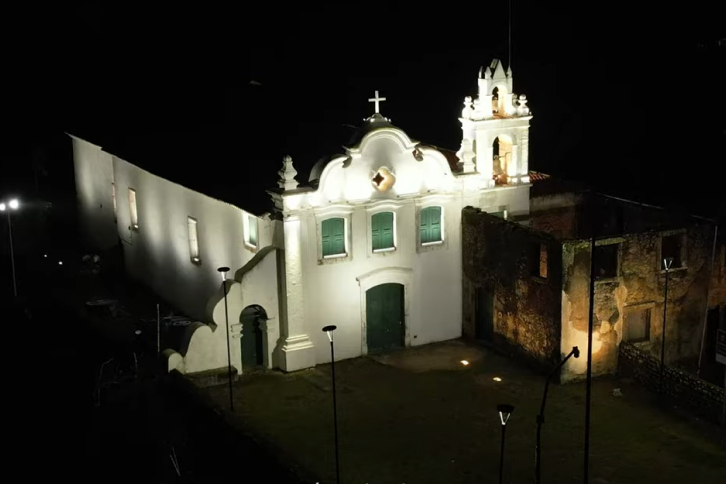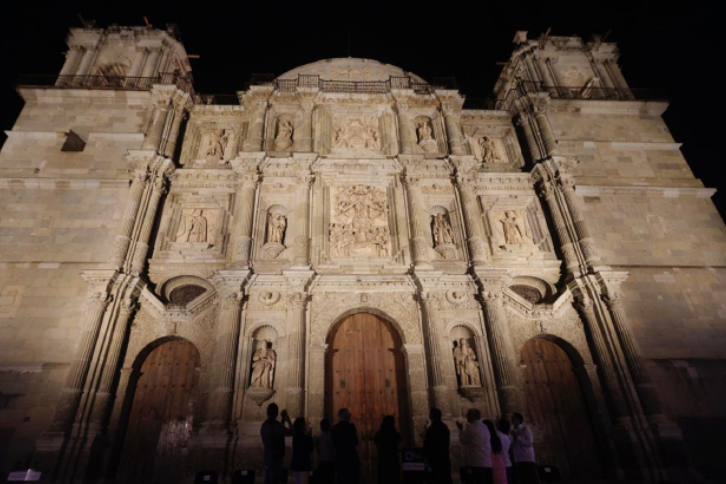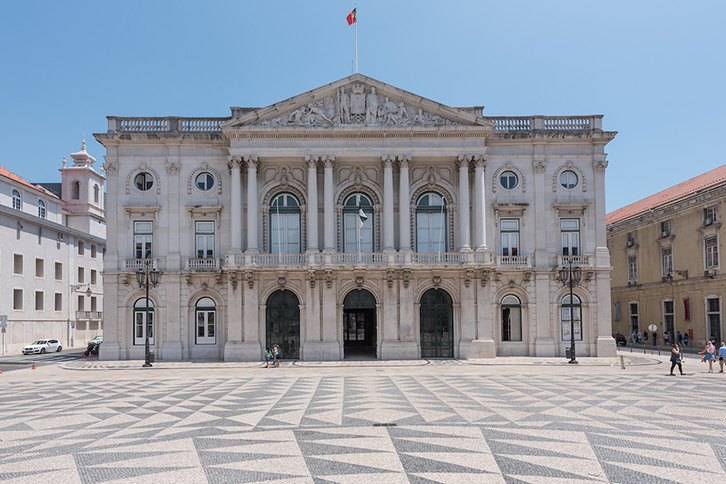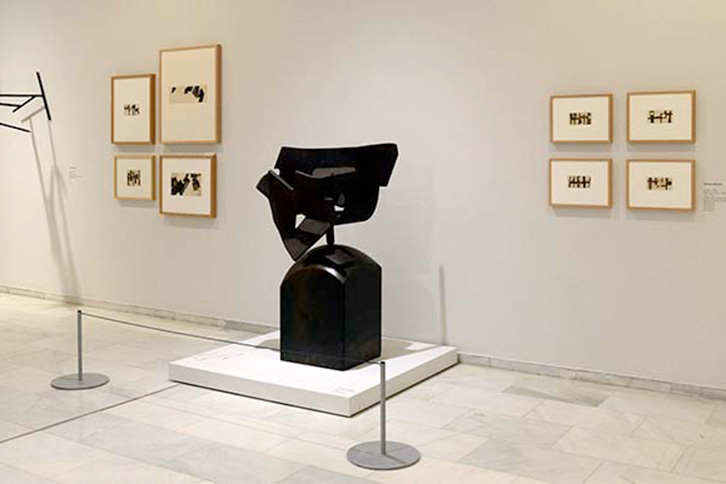Culture
At Iberdrola we are committed to art and culture through our ongoing work of patronage and dissemination, support for new forms of artistic expression and the restoration of historical heritage.
Culture as a pillar of sustainable development

Iberdrola contributes to the conservation and preservation of artistic and cultural heritage, and supports leading museums and their restoration workshops.
Throwing light on cultural heritage
We contribute to the enhancement of heritage and promote initiatives in artistic monuments and unique buildings to improve their lighting, promote energy efficiency and reduce environmental pollution.
We support restoration projects
We collaborate in projects for the recovery and conservation of historical heritage whose scope goes beyond the mere artistic dimension and becomes a driving force for social revitalisation.

Iberdrola's Collection
We support culture in a sustainable way, supporting actions that preserve past heritage and promote new forms of artistic expression.
More news on Culture
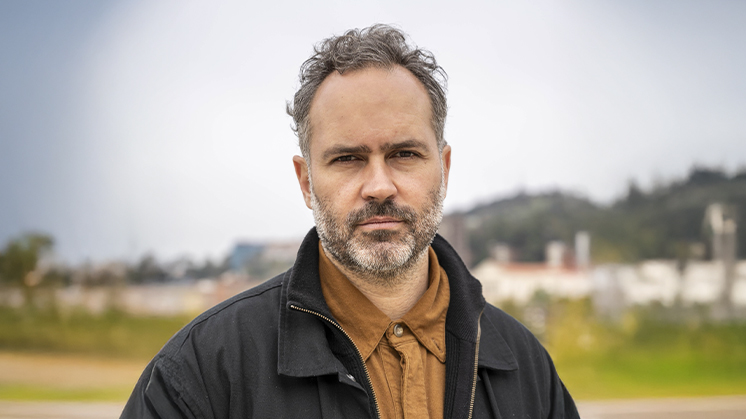
Manuel Cirauqui, curator of the exhibition Arts of the Earth
“We are interested in documenting the transformation of the arts in light of a greater transformation: climate change”






